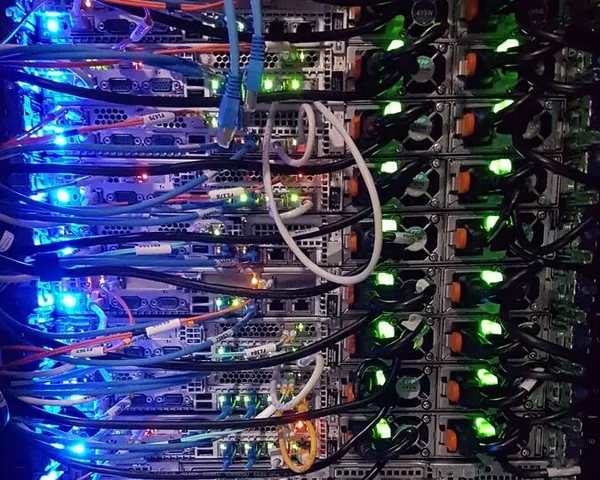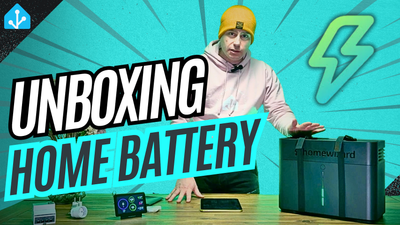This blog is for those people whose daily job is IT-related (DevOps, developers, system administrators, etc) and who are using Home Assistant at home. If you fit that description, you just might suffer from what I call: The enterprise smart home syndrome.
When working in IT, you’ll often end up having to design, build, maintain, or at least work with, all kinds of enterprise solutions. Enterprise solutions that keep everything, in the company you work for, afloat.
High availability systems, ensuring everything is always online. Being able to scale to handle spikes in concurrency. Infrastructure as code to facilitate all the previous, and fully automated continuous delivery pipelines to deploy new code releases. All interconnected by state-of-the-art networks, with advanced routing between countless VLANs.
Our jobs are cool, we make all of this happen! It is exciting and awesome! It feels so nice to have all these things that just work! However, when it comes to enterprise practices, we do tend to take our work environment into our homes.
The enterprise smart home syndrome is the art
Franck Nijhof
of overcomplicating your Home Assistant setup.
Looking at the Home Assistant Community forum, Discord Chat, the Home Assistant subreddit, and many other places, I see people bring their work into their homes. Using Kubernetes, Terraform, Ansible, and many others to set up Home Assistant in their homes. Building clusters of servers, sometimes even whole racks!
Don’t get me wrong, that is fine and all, some have a hobby at doing just this, if not: why? Really… why?
These are all solutions that add complexity and have their own issues and problems. I can’t wait to read about an mDNS repeater issue across VLANs caused by an NoT network, or weird DNS issues in their home about every other day. And let’s say it is running perfectly and never fails: You’ll still have to maintain it all! But why?
It’s your smart home system, not some SpaceX mainframe to coordinate a Mars landing.
Not just that, all those extra’s, generally result in needing more devices and resources, wasting more energy; which is bad for your wallet 💰 and bad for the planet 🌱.

Anyways, now you know what the enterprise smart home syndrome is. The solution lies within a really old and famous saying, which holds really well in this situation:
../Frenck







